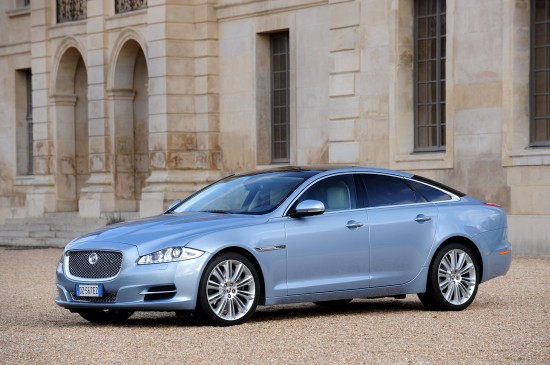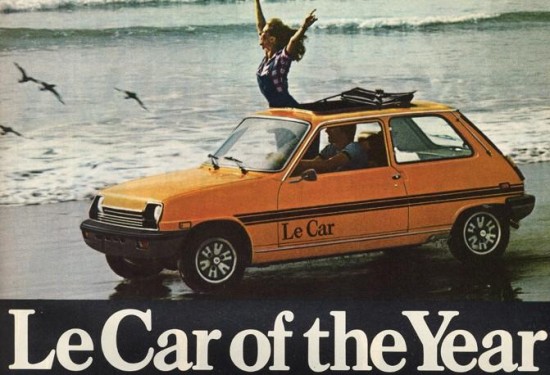
Back in the 1970’s Renault decided to import its smallest car offering in the United States, the Renault 5. To put some modern perspective, that car was within tenths of an inch of the length of the US-spec 2012 FIAT 500. Some marketing folks must have recognized that very few cars in America were sold without actual names, so rather than dub the car ‘5’, Renault decided to give the subcompact car half a name: LeCar.
Read more…

Once upon a time, Volkswagen was known for selling simple and inexpensive cars. The unconventional simplicity of the automaker’s designs carried over into the brand’s straightforward nomenclature designating its vehicles as the Type 1, Type 2, and Type 3. Somewhere in its history, VW decided to be more than just the company that provided Beetles and Microbuses. Read more…

Kia Delivers a Stress Free Way to Dash Through the Snow.
It was a blustery cold and snowy afternoon when I took delivery of the latest Kia crossover, the Sportage. Beneath the snow this 5-door crossover looked far different from the Sportage Kia introduced to the US market in 1995. That vehicle was offered as a 5-door SUV or 3-door ½ roof convertible similar to a Suzuki Samarai/Sidekick or an Isuzu Amigo. The days of a genuine rock-crawling, wind in your hair, 4-cylinder SUV are all but gone; replaced by bulbous vehicles designed with an emphasis on handling and cargo carrying abilities while neglecting outward visibility or even tasteful styling. The 2011 Sportage is no exception to the trend. In fact, it takes the small crossover category farther from its SUV ancestry than any other competitor. The original Sportage was a two-box design with a long hood and short overhangs. For 2011, the Sportage has a relatively short hood and eliminates the side windows in the cargo area giving the impression of a VW Golf that has morphed from mild mannered Dr. Bruce Banner into the Incredible Hulk. Thankfully, for 2011 Kia has finally managed to develop a family resemblance amongst its entire line up – Sportage included – with the implementation of a barbell shaped opening in the grille complete with floating Kia badge. Read more…

Buick Injects a Bit of Sport Into Mainstream America
When General Motors introduced the Opel Insignia in Europe a few years ago, American auto enthusiasts took notice because it appeared to be the replacement for the well received Saturn Aura. The Insignia-based model promised to be the sporty front-wheel-drive midsize sedan that GM had consistently failed to offer Americans. That promise was broken in 2009 when GM killed off the relatively short lived brand as part of its bankruptcy restructuring. The promise broken by Saturn would curiously be kept by up-market Buick. Read more…

Chevrolet Packages Unbridled Spirit in a Corvette for the Country Club Crowd
Appropriately built in Kentucky, a state whose license plates declare its ‘unbridled spirit’, the legacy of the Corvette is long, rich and detailed. A late addition to the 6th generation (C6) Corvette, the Grand Sport model finally allows the Corvette buyer to upgrade to the suspension and brakes available on the Z06 model without being limited to a manual transmission and fixed roof combination. The first question many ask is why bother offering a Corvette with an automatic? The reality is that many Corvette buyers are retired gentlemen who have waited much of their long lives to buy a Corvette. To them it is an image car that lets them relive their childhood dreams. Many of these customers have spent most of their driving years piloting the family car with an automatic and have no desire to relearn how to shift for themselves. They simply want something fast and fun combined with the appeal of the Corvette name. If it weren’t for these buyers, GM likely wouldn’t be able to draw enough volume to offer a Corvette at all, much less one with a genuine manual transmission. Read more…
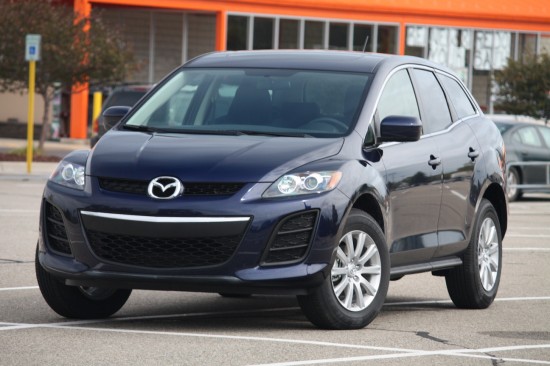
Zoom, Zooming Beyond Expectations
When the Mazda CX-7 made its debut in 2006, my initial reaction was an automotive yawn. I dismissed it as another crossover that promised to combine all the worst light duty attributes of a car with the disadvantage of the high center of gravity of traditional truck-based SUVs. Then Mazda went one step further and gave us the disservice of revealing pictures of the poor thing. The only reason public reaction to the grinning clown-face didn’t amount to outright ridicule was because vehicles like the Pontiac Aztek, Honda Element, and Scion xB had already numbed America’s sense of good taste. Read more…
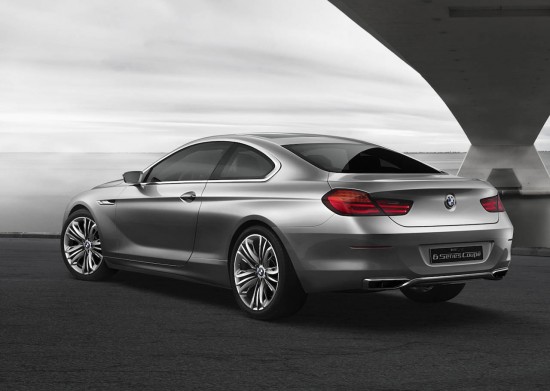
There was little doubt that as BMW finished out the millennium with updated 3 and 5 series lineups, that the Bavarian automaker’s design language was beginning to look a bit stale. Rather than introduce yet another attractively conservative redesign, the 2002 7-series turned BMW’s design language from cautiously good looking to garishly daring. The revived 2003 6-series coupe followed closely to the 7’s bold new themes. Read more…
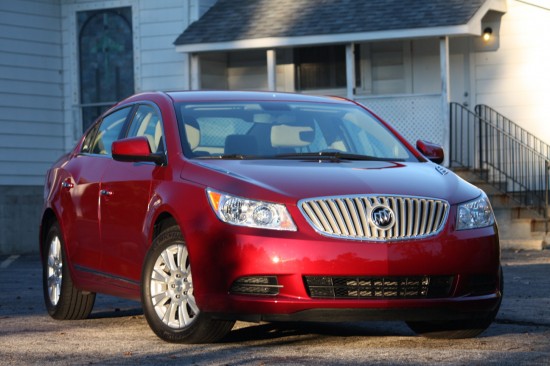
Buick Proves It Knows How To Do Entry-Level Luxury
In the 1980s, Buick’s jingle declared that “the great American road belongs to Buick.” As had been true for decades, this tagline was not an empty claim. Buicks from that era soaked up the pavement, comforting occupants in plush tufted couches that were passed off as car seats. However, it was during this time the once powerful line-up of LeSabres, Electras and Riveras was joined by smaller cars propelled by relatively crude 4-cylinders bearing the names of SkyHawk, Skylark, Somerset and Century. Read more…
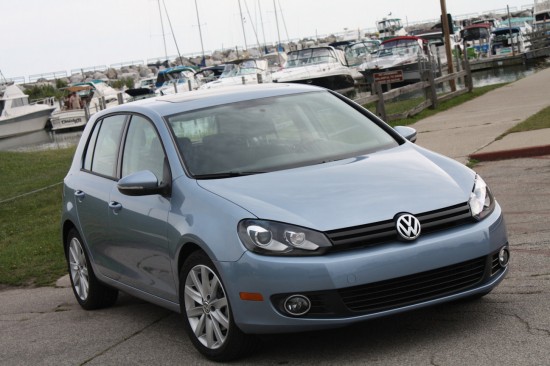
Debunking the Diesel Stereotype
Diesels have intrigued me from the time I was old enough to make basic automotive observations. Much to my delight, on family road trips my parent’s diesel 1978 Olds Custom Cruiser would fill up alongside the big-rig trucks. This fascination was bolstered by an uncle who owned a yellow diesel Rabbit in the ’80s followed by a diesel Ford Tempo, complete with the secondary battery mounted in the trunk. When it came time to find a light duty long distance tow vehicle I purchased a ’92 Chevrolet C2500 Silverado with a 6.5L turbo diesel. For all of their actual and perceived faults, each of these vehicles were compelling in some significant way. And yet diesels remain merely a niche in America’s automotive market. What is the reason for this? Is this simply due to undeserved stereotypes that won’t die, or a deficiency in the vehicles themselves? Read more…



